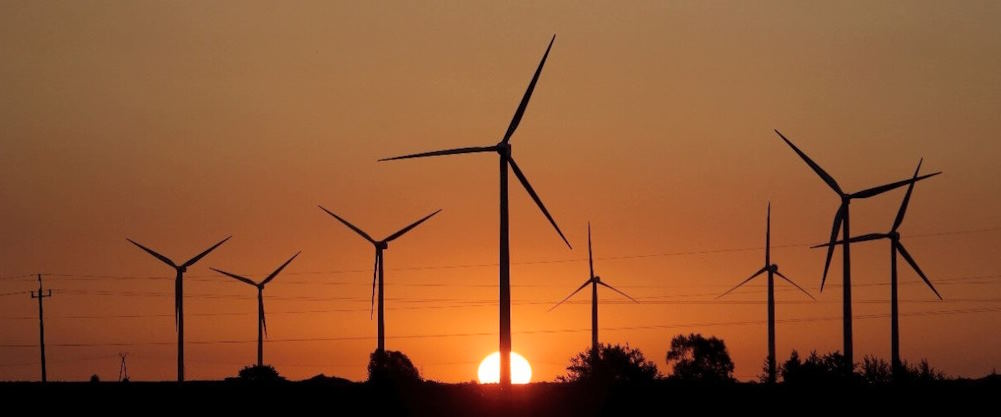International Agreements
Paris Agreement
The Paris Agreement, adopted in 2015 under the United Nations Framework Convention on Climate Change, represents a landmark international commitment to combat climate change. Its central goal is to limit global warming to well below 2 degrees Celsius above pre-industrial levels, with an aspiration to limit the increase to 1.5 degrees Celsius. To achieve this, countries have pledged to reduce their greenhouse gas emissions, which includes transitioning to renewable and low-carbon energy sources.
Montreal Protocol
Although primarily aimed at protecting the ozone layer, the Montreal Protocol has indirectly contributed to clean energy by phasing out the production and use of ozone-depleting substances like chlorofluorocarbons (CFCs). Some CFC alternatives, like hydrofluorocarbons (HFCs), have high global warming potentials. The Kigali Amendment to the Montreal Protocol seeks to phase down the use of HFCs, spurring the adoption of more climate-friendly refrigeration and air conditioning technologies.
National Clean Energy Goals
Renewable Portfolio Standards (RPS)
Many countries and states within countries have established RPS, mandating that a specific percentage of their electricity must come from renewable sources. These standards provide a strong market signal for renewable energy development and investment.
Feed-In Tariffs (FiTs)
FiTs are financial incentives provided to renewable energy producers, typically through long-term contracts at a guaranteed price. They encourage investment in renewable energy infrastructure by offering stable and predictable revenue streams.

Tax Incentives
Governments often offer tax incentives such as Investment Tax Credits (ITCs) or Production Tax Credits (PTCs) to incentivize deploying renewable energy projects. These incentives reduce the overall cost of clean energy installations.
Energy Efficiency Standards
Regulations mandating energy efficiency in appliances, buildings, and vehicles drive the adoption of cleaner technologies. For instance, vehicle fuel efficiency standards promote using electric and hybrid vehicles.
Research and Development Funding
Governments allocate significant funds for research and development in clean energy technologies. This investment spurs innovation, accelerates technological advancements, and lowers the cost of clean energy solutions.
Carbon Pricing
Carbon pricing mechanisms, such as carbon taxes or cap-and-trade systems, put a price on carbon emissions. They incentivize businesses and individuals to reduce their carbon footprint and transition to cleaner energy sources.
Energy Storage Support
Recognizing the critical role of energy storage in integrating renewable energy into the grid, governments may offer incentives or regulatory support for energy storage projects.

